Seminars
Upcoming Seminars
Stay tune!
Past Seminars
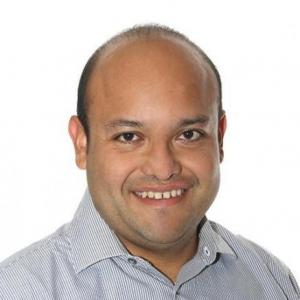
Optoelectronics and Civil Engineering at the Nanoscale with Graphene
May 31, 2017 - 1:00 pm
Speaker: Professor Oscar Vazquez-Mena
Graphene is the fastest, strongest, and thinnest natural material ever found and its properties have opened a real avalanche in potential applications. The electrons in graphene can move up to 100 times faster than in silicon, its tensile strength is 300 times higher than steel, and its thickness almost unbeatable: 1 atom thick and about 50 thinner than the cell membrane or a DNA chain.
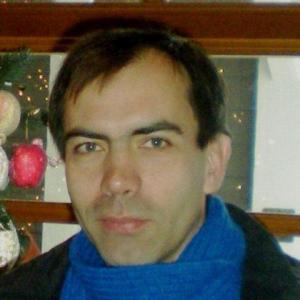
Anything Left to Do in Structural Optimization?
May 22, 2017 - 1:00 pm
Speaker: Professor Vladimir Balabanov
A point of view of engineers from industry towards any software will be presented. The more you consider this point of view the more chances are your software will be wide-spread in industry. Designing complex engineering systems is not a trivial task. Designing the complex systems that will best suit a particular purpose while requiring minimum resources is even more challenging.
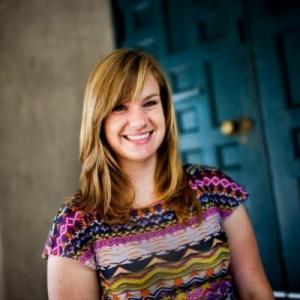
Work Optimization: Promoting Wellness Among Graduate Students
May 17, 2017 - 1:00 pm
Speaker: Natalie Favorite
Graduate students are pulled in many directions during their time in school. They face intense workplace demands, social demands, personal stressors, and strive to do it all well. For many, graduate school is a time of intense anxiety rather than a time of personal and academic growth.
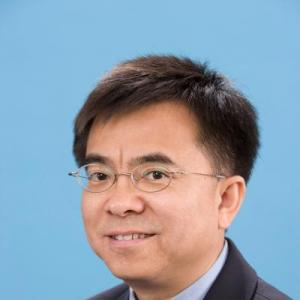
Magnetorheological CNT Nanocomposites and Their Viscoelastic Responses
May 10, 2017 - 1:00 pm
Speaker: Professor Lizhi Sun
Magnetorheological (MR) elastomer composites with the addition of multi-walled carbon nanotubes (CNTs) are developed. The viscoelastic responses of MR nanocomposites to applied magnetic fields are investigated through dynamic mechanical analysis. It is found that a small amount of carbon nanotubes can effectively improve the mechanical performance of conventional MR elastomers.
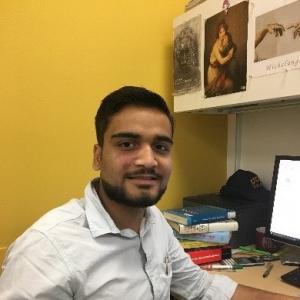
A Generalized Approach for Reconstructing the Three-Dimensional Shape of Slender Structures Using Cosserat Rod Theory
May 08, 2017 - 1:00 pm
Speaker: Mayank Chadha
The full-field deformed shape reconstruction of a slender object like pipelines, tethers, mooring cables, surgical tubing and others is desirable for many applications. This work aims at developing an algorithm that determines the three-dimensional global displaced shape of the slender structures from a limited set of scalar surface strain measurements. It is a comprehensive approach that captures the effect of curvature, shear, torsion and elongation. A common behavior of the targeted structures is that they are subjected to small strains but arbitrarily large deformations.

Optimization Problems in Inverse Identification of Delamination in Laminated Composites Using Electrical Resistance Tomography
May 03, 2017 - 1:00 pm
Speaker: Professor Satchi Venkataraman
The imaging technique that uses electrical properties of materials such as electrical resistance measured on the surface/boundary to image subsurface details is called Electrical Resistance Tomography (ERT). Over the last decade or more, ERT techniques have been investigated for applications in subsurface imaging of soils in geotechnical engineering, biomedical imaging of pulmonary edema of lungs and flows in arteries/veins, and for damage quantification for structural health monitoring. Our interest is to develop ERT as a technique as a non-intrusive imaging and damage sensing technique
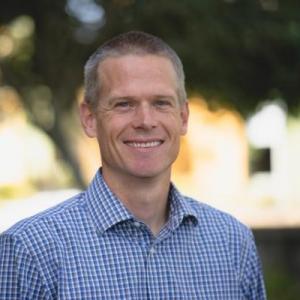
Sustainable Biogeotechnics: Developing Bio-Mediated and Bio-Inspired Solutions for Hazard Mitigation
May 01, 2017 - 1:00 pm
Speaker: Professor Jason DeJong
Arguably the next advent for the geotechnical engineering profession is to recognize that soil itself is a living ecosystem. For example, more than 10^6 bacteria are typically present in 1 cm3 of poorly graded quarry sand typically used as backfill or roadway subgrade materials in engineering works. The living nature of soil can involve biological and chemical changes that challenge our traditional understanding/assumptions regarding the time-dependent stability in soils.

Scaled Shake Table Model Experiments on Shallow Foundations in Liquefied Soils
April 26, 2017 - 1:00 pm
Speaker: Professor Ramin Motamed
Liquefaction-induced ground failure has accounted for major damage in structures and lifelines for several decades. Well-documented case histories have provided valuable insight into the mechanism of this phenomenon. Recent earthquakes such as the 2010-2011 Canterbury earthquake sequence in New Zealand and the 2011 Great Tohoku earthquake in Japan revealed that the current engineering practice lacks proper consideration of this phenomenon in the design.
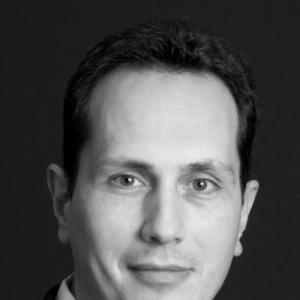
San Francisco International Airport Air Traffic Control Tower
April 19, 2017 - 1:00 pm
Speaker: Rafael Sabelli
The new San Francisco International Airport features a 220 foot tall air-traffic control tower surrounded by an integrated three-story, FAA office building. The tower’s iconic torch-like architectural design has become the symbol of the airport.
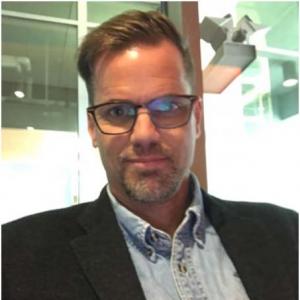
Faculty Life at a Major Research University: Getting the Job, What to Expect, and How to Survive
April 10, 2017 - 1:00 pm
Speaker: Professor Michael Todd
Ever wondered what it takes to get (and keep!) an academic job at a major research university, like UC San Diego? This presentation, originally developed for American Society of Engineering Education professional development series, discusses how faculty job searches are conducted, what to expect in the job search process, and then what to expect and how to survive an early career faculty appointment at a major research university. This seminar is targeted for anyone who might be interested in or is currently seeking a faculty position.
